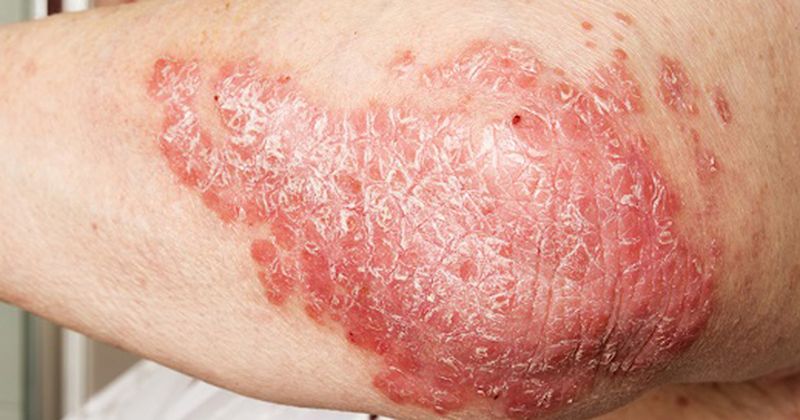‘Very exciting’ data: Bimekizumab superior to placebo in psoriatic arthritis
Patients with psoriatic arthritis treated with bimekizumab demonstrated improvements across joint and skin parameters compared with placebo, according to Phase 3 clinical trial data presented at the EULAR 2022 Congress.
“I am delighted to be able to present these very exciting Phase 3 data from the BE COMPLETE study of this inhibitor of both IL-17A and -F,” Joseph F. Merola, MD, of Brigham and Women’s Hospital and Harvard Medical School, told attendees.

Merola noted that the monoclonal IgG1 antibody bimekizumab (Bimzelx, UCB) has demonstrated safety and efficacy through 152 weeks in Phase 2 results.
In the current 16-week, Phase 3 trial, the drug was compared with placebo in a cohort of 400 patients overall. The final analysis included data from 263 patients treated with bimekizumab — 160 mg every 4 weeks — and 125 who received placebo. Eligible participants had active disease and were ineligible for treatment with a TNF inhibitor, either because of intolerability or a previous failure. Active disease was defined as three or more swollen and tender joints. Outcomes were assessed using the American College of Rheumatology and Psoriasis Area and Severity Index (PASI) scores.
Primary endpoint results showed that 43.3% of patients in the bimekizumab arm reached ACR50, compared with 6.8% in the placebo arm (P < .001).
“I will also highlight a nearly 40% placebo delta that was statistically significant at that time point,” Merola said.
In addition, 68.8% of patients in the active study arm achieved the PASI90 endpoint, compared with 6.8% for placebo (P < .001).
“This also highlights, if I may, what we have seen for the psoriasis data for some of the highest efficacy in skin that we have seen,” Merola said.
Bimekizumab also bested placebo in terms of ACR20 — 67.0% vs. 15.8% (P < .001) — and ACR70 — 26.6% vs. 0.8% (P < .001).
“You can see separation from placebo at week 4,” Merola said. “The slope of the curve increases to week 16.”
PASI75 rates were 82.4% for bimekizumab and 10.2% for placebo (P < .001), while the PASI100 rates were 58.5% in the bimekizumab group and 4.5% in the placebo group (P < .001).
“[PASI100] really represents complete skin clearance,” Merola said. “I would underscore that the slope of that curve continues to rise.”
Bimekizumab was also superior to placebo in terms of minimal disease activity, at 44.2% vs. 6% (P < .001). Merola noted that minimal disease is a pivotal endpoint in clinical trials of PsA.
The study drug was similarly superior to placebo regarding HAQ-DI functioning (P < .001) and SF-36 physical component score (P < .001), Merola said.
Patients treated with bimekizumab additionally saw a “numerically greater reduction” in tender and swollen joint counts compared with placebo, according to Merola.
Safety data showed that 40.1% of patients treated with bimekizumab experienced any event, compared with 33.3% of those in the placebo arm. Meanwhile, 1.9% of patients in the bimekizumab arm experienced treatment-emergent adverse events, with two patients discontinuing the drug for this reason.

